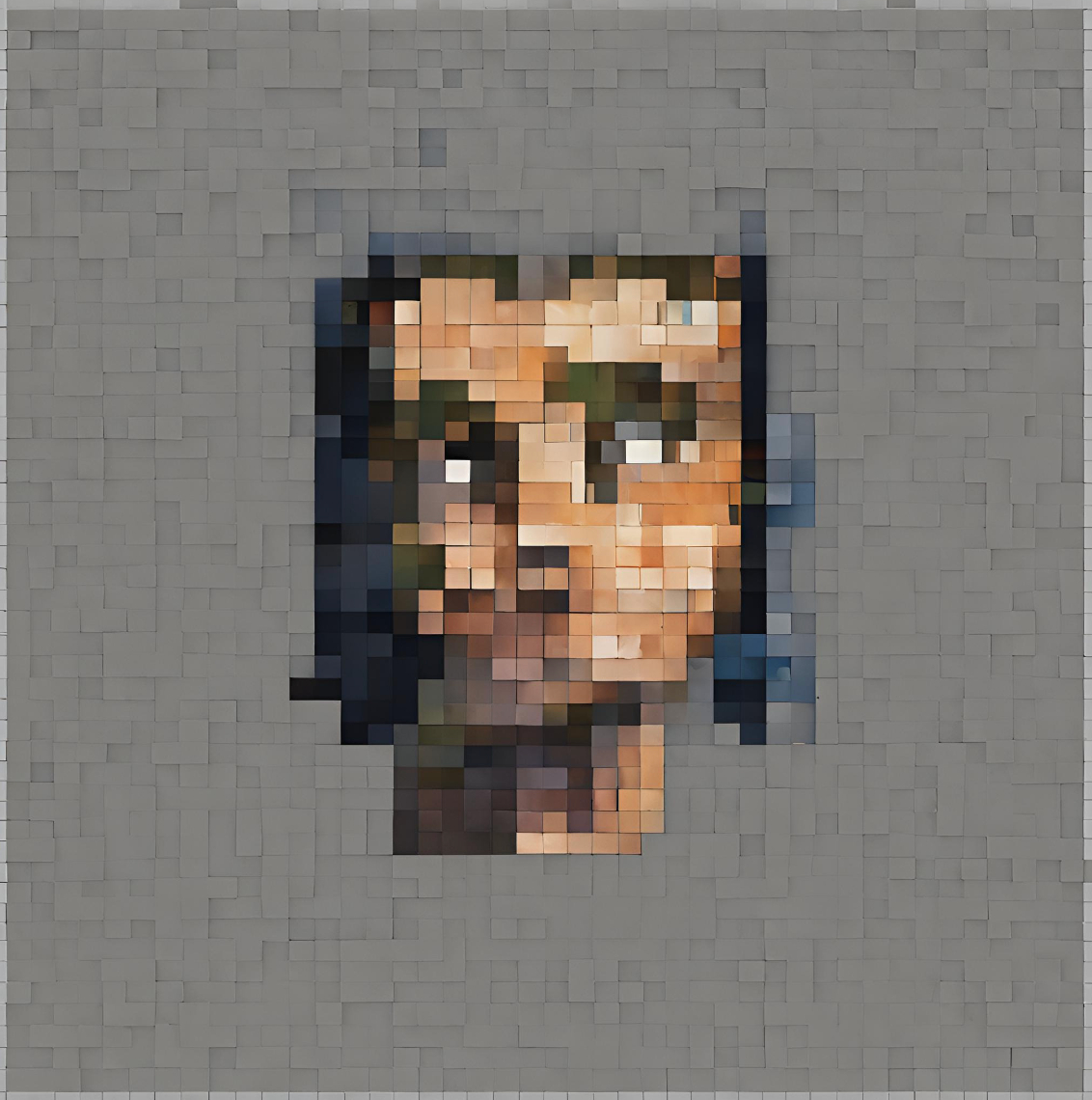115 reads
Understanding Approximation Error and Query Complexity in WormHole Routing
by
October 16th, 2025
Audio Presented by

Hausdorff's math unveils the beauty in distance and dimension, a world of self-similar wonder.
Story's Credibility

About Author
Hausdorff's math unveils the beauty in distance and dimension, a world of self-similar wonder.